 In the late Seventeenth Century the Jacobites took up the White Rose of York as their emblem, celebrating "White Rose Day" on 10 June, the anniversary of the birth of James III and VIII in 1688.
In the late Seventeenth Century the Jacobites took up the White Rose of York as their emblem, celebrating "White Rose Day" on 10 June, the anniversary of the birth of James III and VIII in 1688.Traditionally the origins of the emblem are said to go back to Edmund of Langley in the 14th century, the first Duke of York and the founder of the House of York as a Cadet branch of the then ruling House of Plantagenet.
The actual symbolism behind the rose has religious connotations as it represents the Virgin Mary, who was often called the Mystical Rose of Heaven. The Yorkist rose is white in colour, because in Christian liturgical symbolism, white is the symbol of light, typifing innocence and purity, joy and glory.
During the civil wars of the 15th century, the White Rose was the symbol of Yorkist forces opposed to the rival House of Lancaster, whose symbol was the Red Rose of Lancaster. The opposition of the two roses gave the wars their name: the Wars of the Roses.
The conflict was ended by King Henry VII of England, who symbolically united the White and Red Roses to create the Tudor Rose, symbol of the Tudor dynasty.
Today is also, fittingly, the Feast Day of St Margaret, Queen of Scotland.
 St Margaret, Queen of Scotland, watches as her husband, King Malcolm Canmore kisses her books of religion out of respect for her virtue and learning
St Margaret, Queen of Scotland, watches as her husband, King Malcolm Canmore kisses her books of religion out of respect for her virtue and learningBorn a Saxon circa 1046 (d. November 16, 1093) and raised in Hungary, Margaret was daughter of the English prince Edward the Exile or 'Edward Outremer', and granddaughter of King Edmund Ironside of England.
She was great-niece of Saint Stephen of Hungary. When her uncle, King Edward the Confessor, died in 1066, she was living in England where her brother, Edgar Ætheling, had decided to make a claim to the vacant throne.
After the conquest of England by the Normans, the widowed Agatha decided to leave Northumberland with her children and return to the Continent, but a storm drove their ship to Scotland where her daughter, the beautiful and learned Margaret married Malcolm Canmore (King Malcolm III of Scotland – son of “the gracious Duncan”, whom Shakespeare's Macbeth murdered in his own castle).
Legend has it that, although he could not read, he would turn the leaves of her books, and kiss those which she liked best. He gave her jewel-encrusted books as presents, one of which, a book of the Gospels, richly adorned with jewels, one day dropped into a river and was according to legend miraculously recovered, and is now in the Bodleian library at Oxford.
St Margaret helped the church in Scotland and was noted for her piety and learning. She founded Dunfermline Abbey as the new burial place for Scottish kings; it was also built to enshrine her greatest treasure, a relic of the True Cross.
It is customary for Jacobites to wear the White Rose on this day in memory of the Jacobite cause, the cause of legitimate, historic, just, Christian government under the ancient Stuart dynasty, illegally ousted by treachery, revolution and a Dutch invasion.
 James Stuart, de jure King James III and VIII of England, Scotland, Ireland and France, kept out of his throne after the treacherous Whig revolution and Dutch invasion that illegally cast his father, King James II, from the throne.
James Stuart, de jure King James III and VIII of England, Scotland, Ireland and France, kept out of his throne after the treacherous Whig revolution and Dutch invasion that illegally cast his father, King James II, from the throne.Prince James, the true King, was offered the throne by the revolutionary Protestants if he would abjure the Roman Catholic religion and embrace Anglicanism. "Sir", the true King replied boldly, "Nothing would induce me to abandon my religion for it is the true one".
Let his cause for sainthood be introduced!








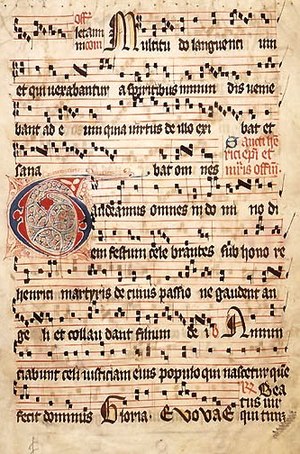

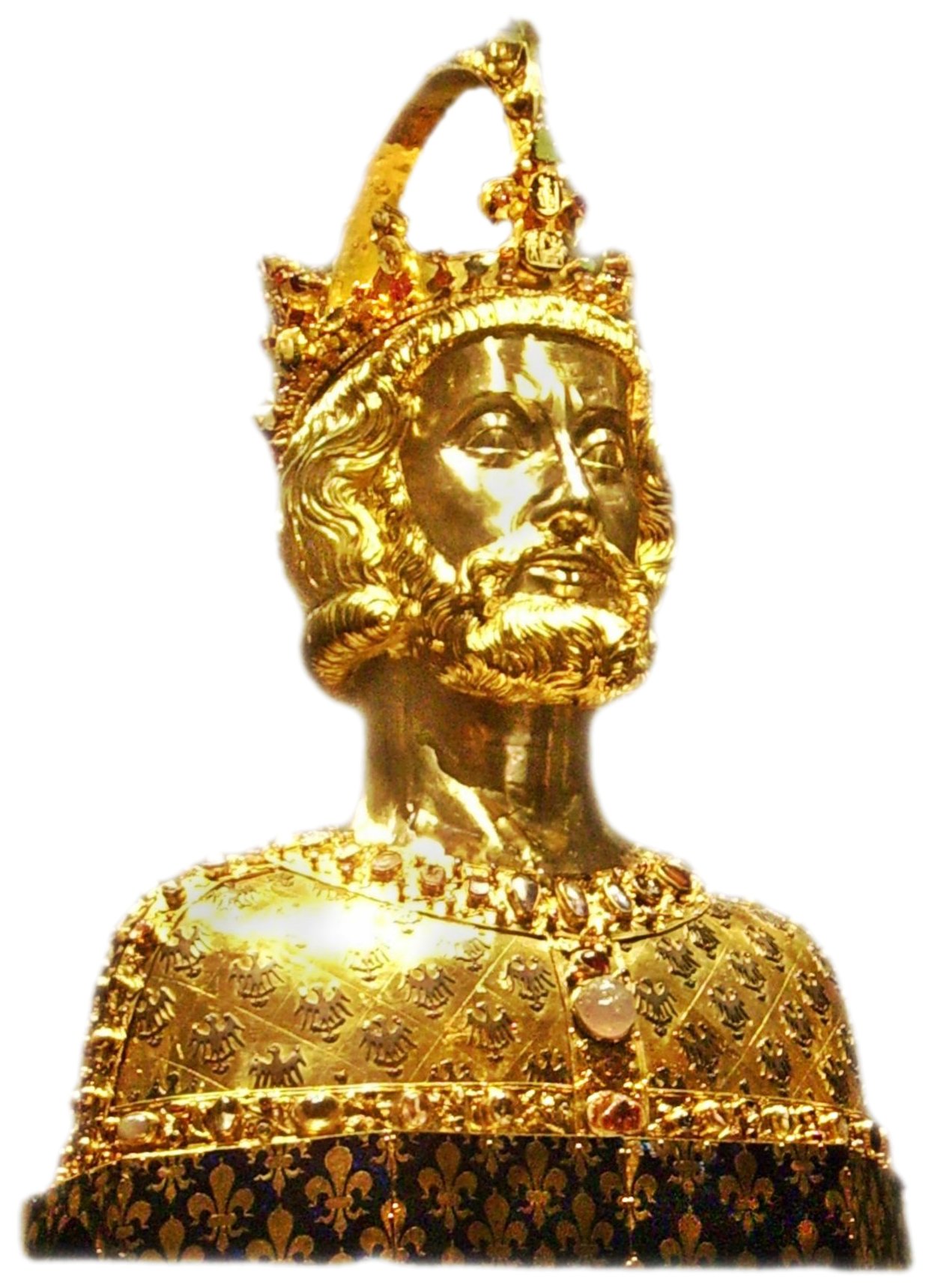



.jpg)


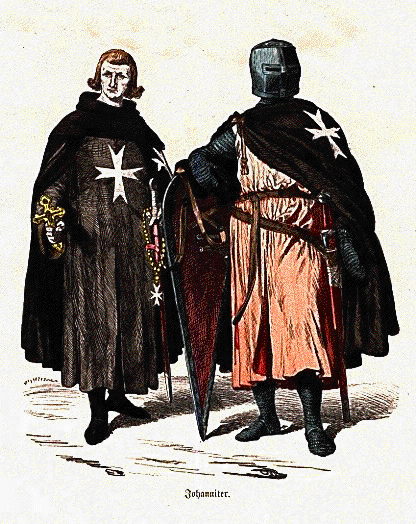

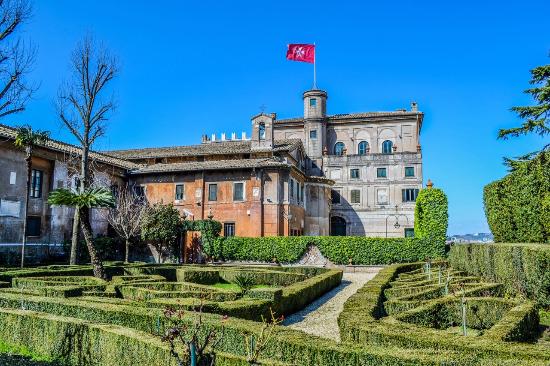


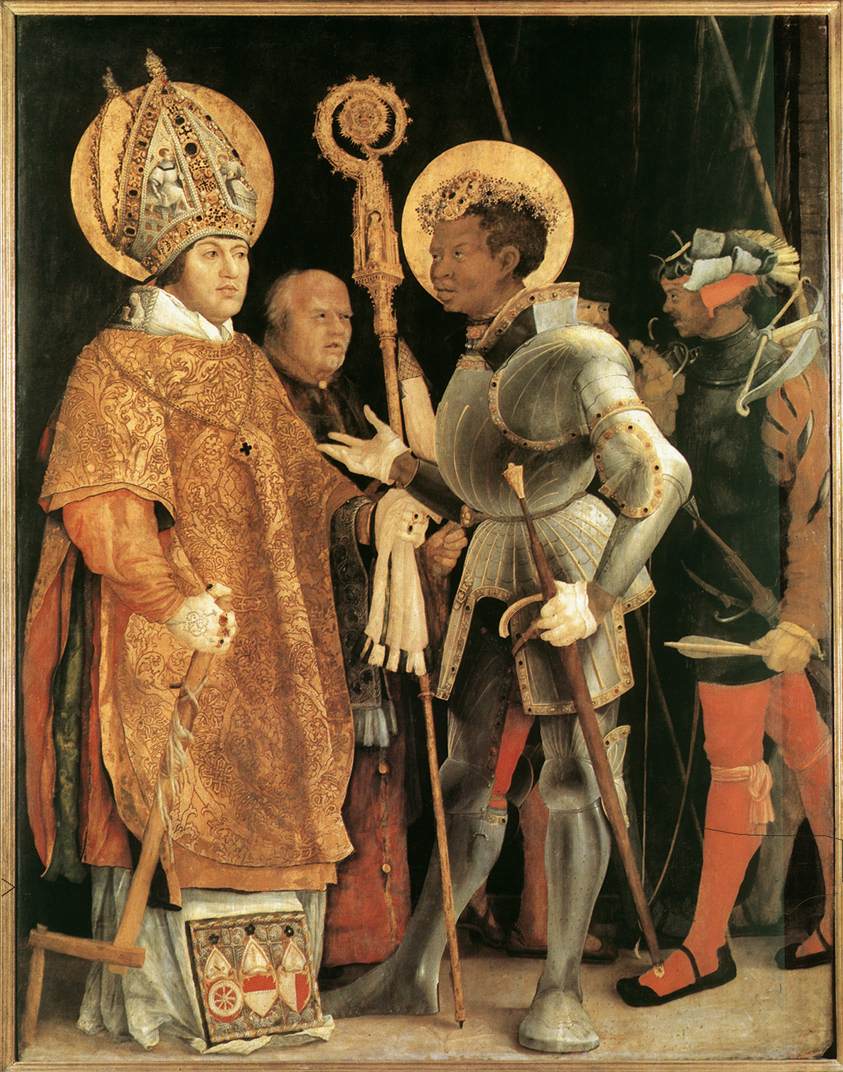
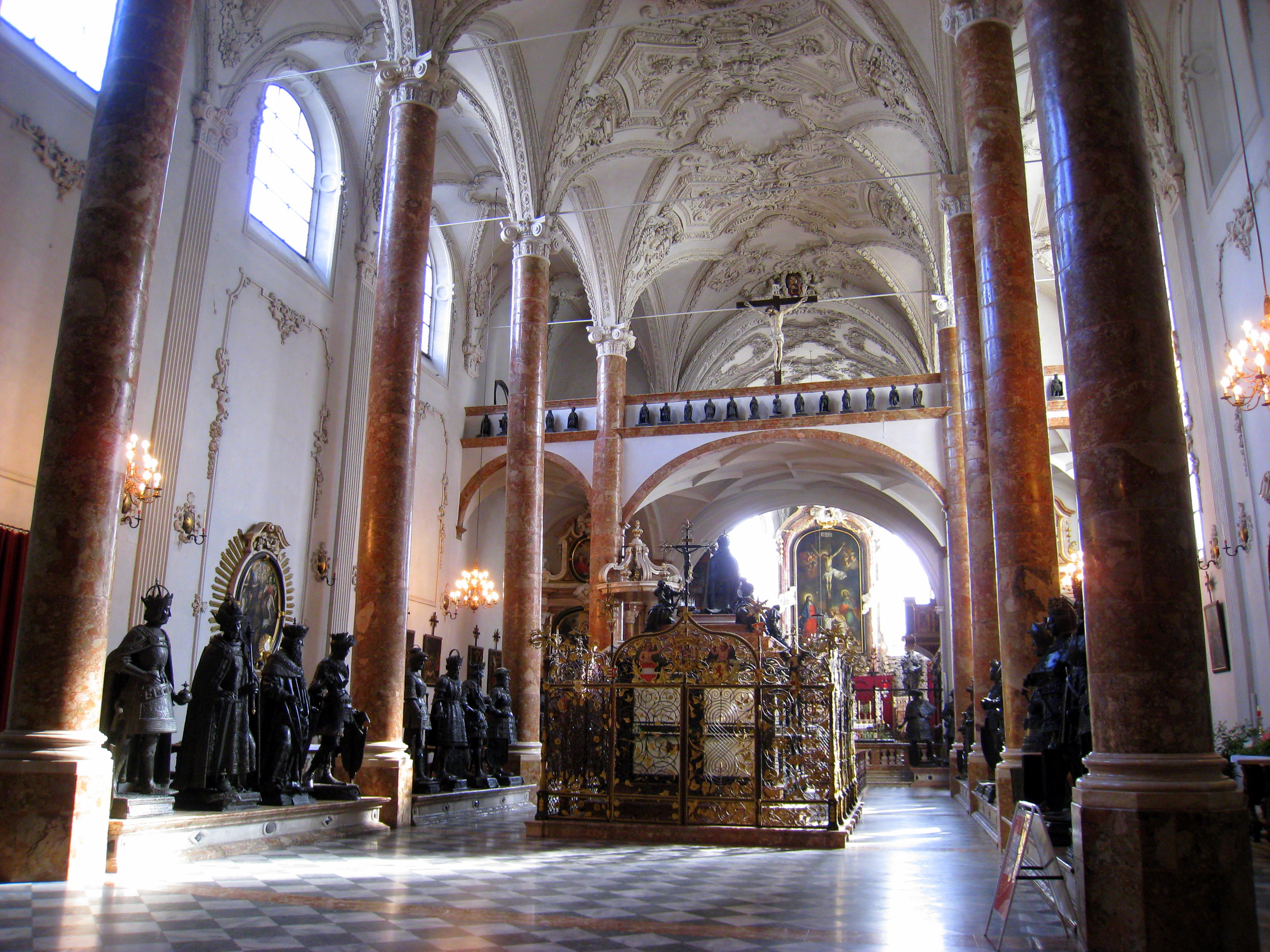


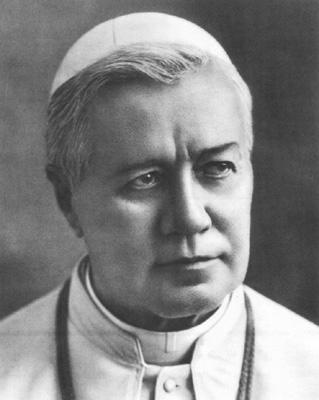






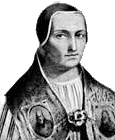







_-002.jpg/220px-Circle_of_Anton_Raphael_Mengs,_Henry_Benedict_Maria_Clement_Stuart,_Cardinal_York_(ca_1750)_-002.jpg)



5 comments:
I am surprised to hear myself saying this, as my natural and religious sympathies are with the Stuarts, but theirs is not a simple case. They were the allies (and often the pawns) of Louis XIV, who for all his practice of Catholicism, would have destroyed the Empire (he even supported the Turks against it), put the papacy under a new Babylonian captivity, and subjected the Church to the secular authority. Also, James II's exceedingly imprudent policies (going against the advice of the Pope) and his blind adhesion to Louis XIV had a great deal to do with the so-called Glorious Revolution.
Thus, I, in the War of the Spanish Succession, not only naturally find myself rooting for Eugene of Savoy and the Habsburgs, but also for the Duke of Marlborough and the English.
Dear Feet of Christ,
Thanks for raising this. I shall do a post on it when I have a moment.
In an nutshell, a few points:
- Louis XIV was NOT a good Catholic.
- He supported Gallicanism.
- He supported Jansenists.
- He (as you rightly say) sided with the Turks against the Empire.
- He (as you rightly say) attempted to put the Church under secular authority (indeed, he was close to doing the same thing as Henry VIII).
- He boxed in the papacy to suit his own aims.
All true.
But that was Louis XIV, not James II or any of the Stuarts.
Indeed, James's reformed Royal Navy had engaged in battles against the French navy, don't forget.
However, the Stuarts were in no position to be picky about their allies once James had been treacherously de-throned.
Only Louis could give them hope of restoration and that because he was at war with the Dutch and the English.
The Emperor could not support the Stuarts and was not in a position to do so.
Therefore, they had to get support from where they could. As it turned out, Louis was all mouth and no delivery - perhaps not unexpectedly.
To speak of "blind adhesion" to Louis is an unjust caricature. Please do try to be more objective.
Worse still is it to speak of James's "exceedingly imprudent policies".
Where are they?
You do not name them.
Nameless accusations are worthless accusations. You are in danger of parroting Whig propaganda.
Actually, the policies of King James II were very good ones.
But he was about to become the victim of an international conspiracy, orchestrated by some of his chief ministers and commanders. Not even the greatest of statesmen could readily overcome such opposition.
And all this because he was Catholic.
You might as well say that the policies of Jesus Christ were "exceedingly imprudent" because he ended up being crucified!
King James did not always accept the political advice of the Pope but then every political leader is free so to do. The Pope is not infallible in his political advice, for goodness sake! Indeed, some popes have made very unwise political decisions.
He never went against the Pope's spiritual advice and you will not find any example of such.
James died before the War of Spanish Succession really got under way and the war is not relevant to whether the Stuarts should have been on throne. They may well have been fighting against the French themselves if they had been.
No-one, however, should forget that the Duke of Marlborough, however, successful a general, was a traitor to his king and country and one of the greediest money-grabbers that ever disgraced our nation.
Even his descendant, Winston Churchill, found it hard to deny Marlborough's peculation.
I could be imagining this, but I think James III and VIII's sainthood cause may have been introduced a long time back, but fell dormant.
Not sure but I think you are right.
Trib.
Sorry, just one minor 'irk' ; saying this as a supporter of the last true english King Richard III;
the 'wars of the roses' is a post-war [Tudor-invented] romanticised name for it - Although the white Rose was a long-standing symbol for York. Lancaster's symbol was actually the rugged staff [imagine a christmas tree with the branches lopped].
The Tudors were highly adept at historical revisionism.
Post a Comment